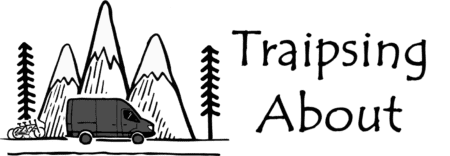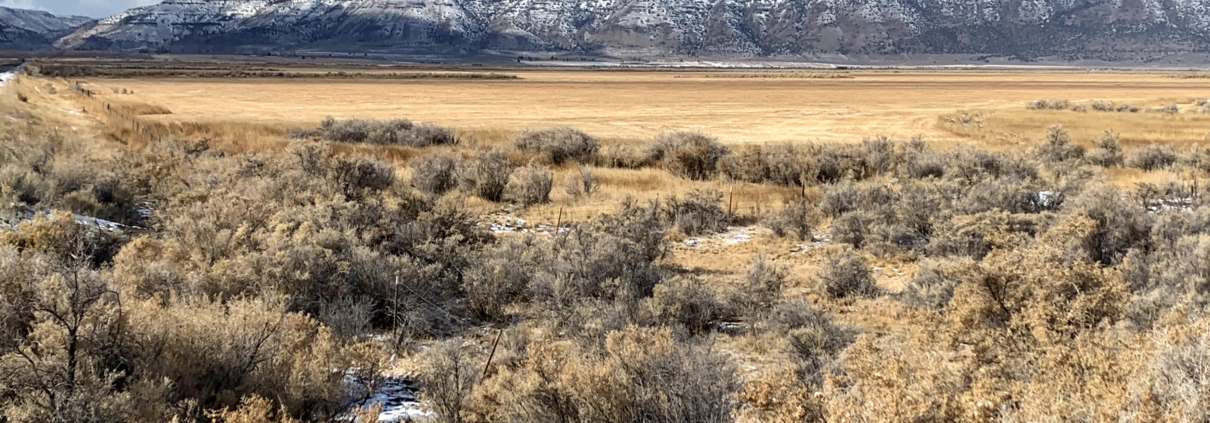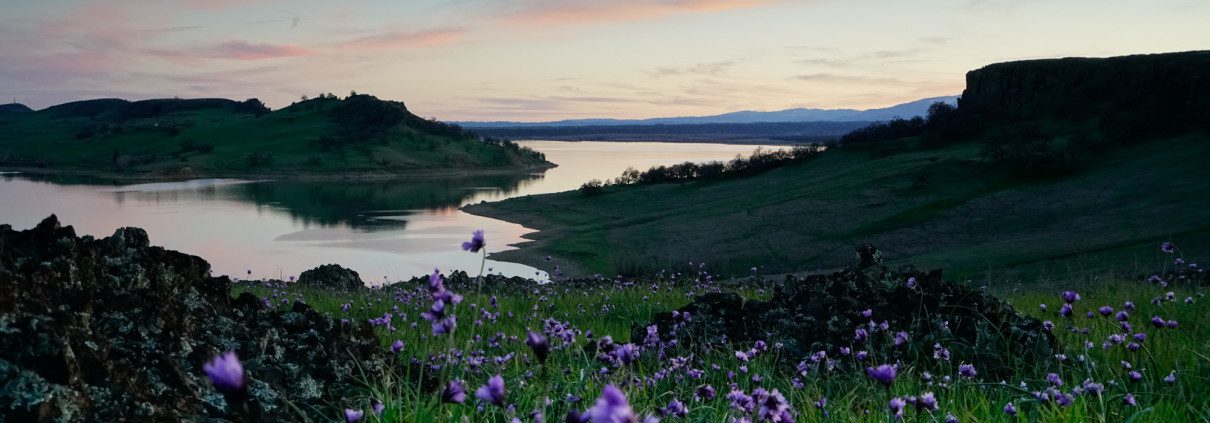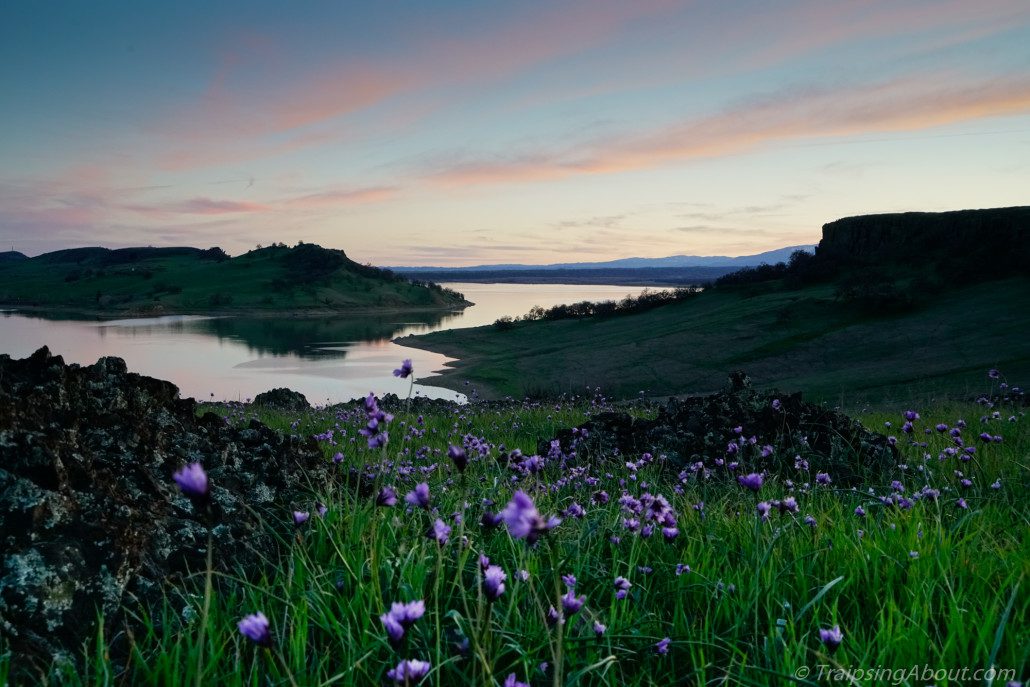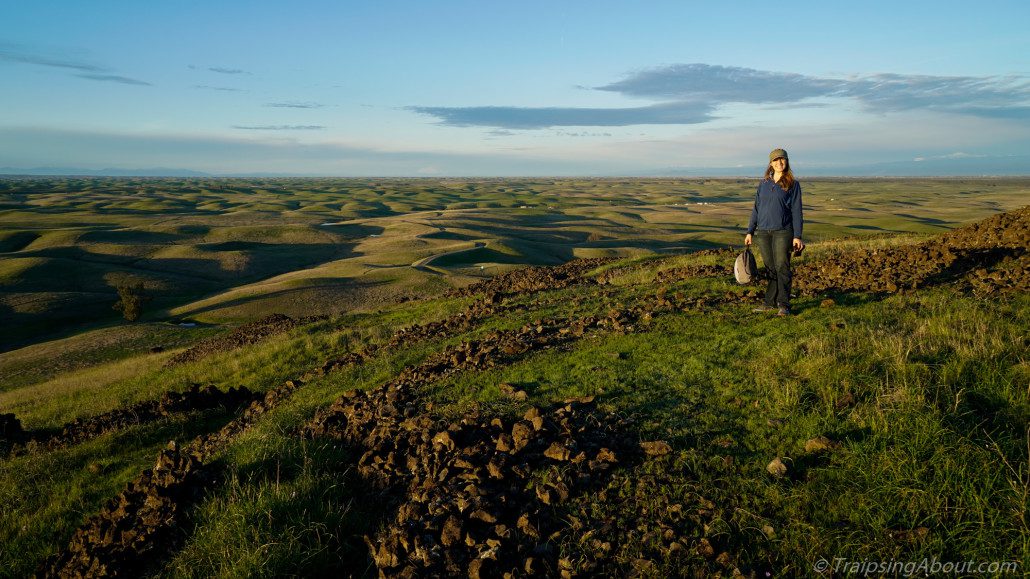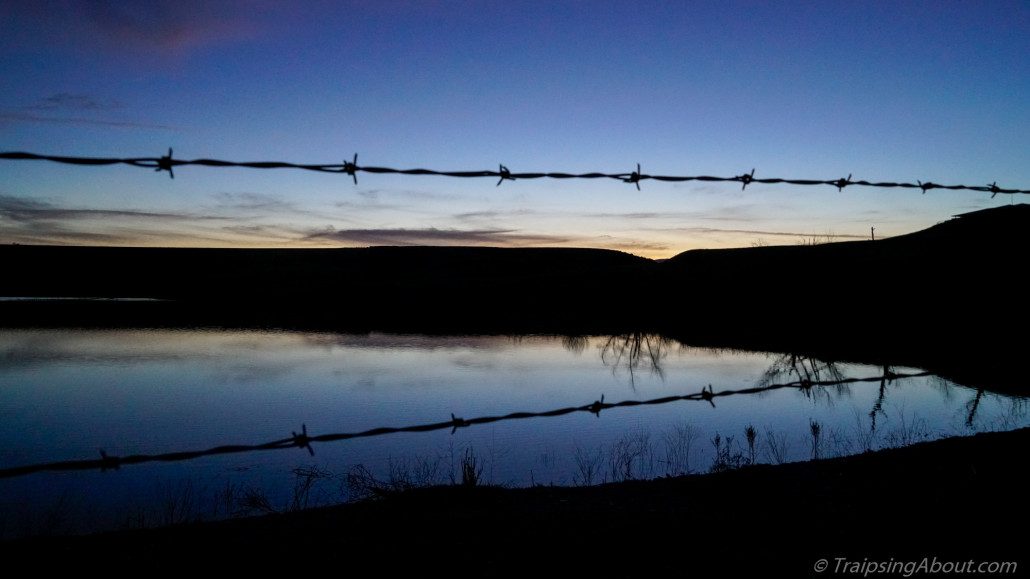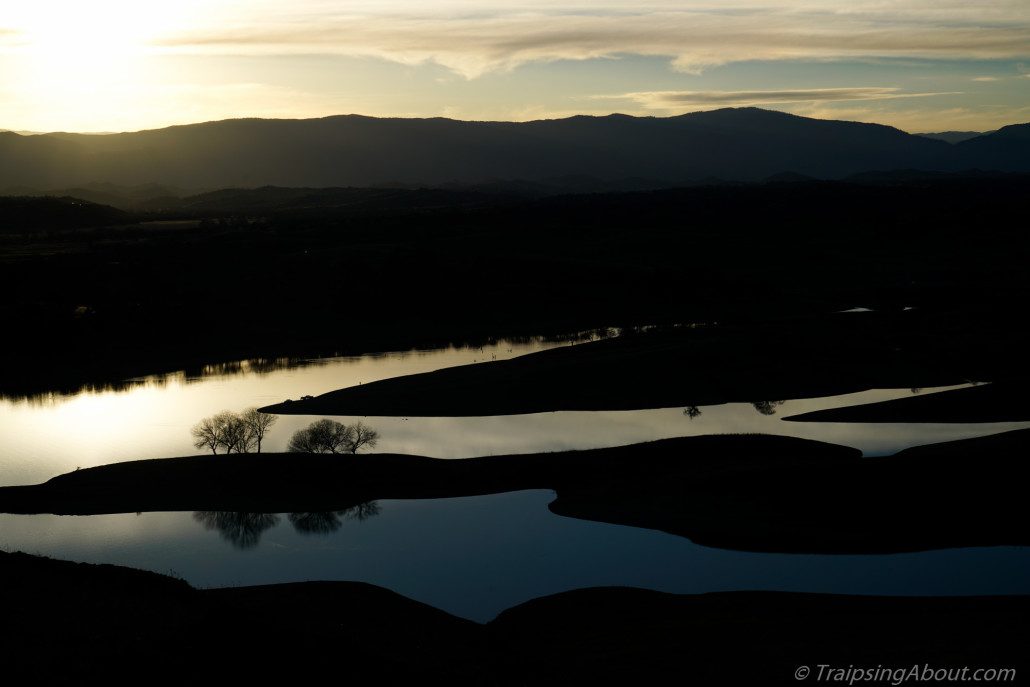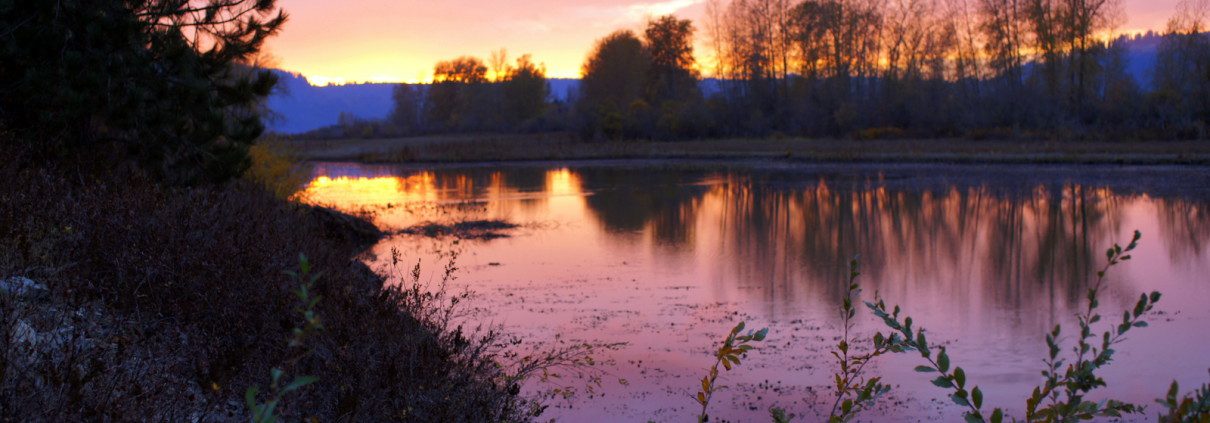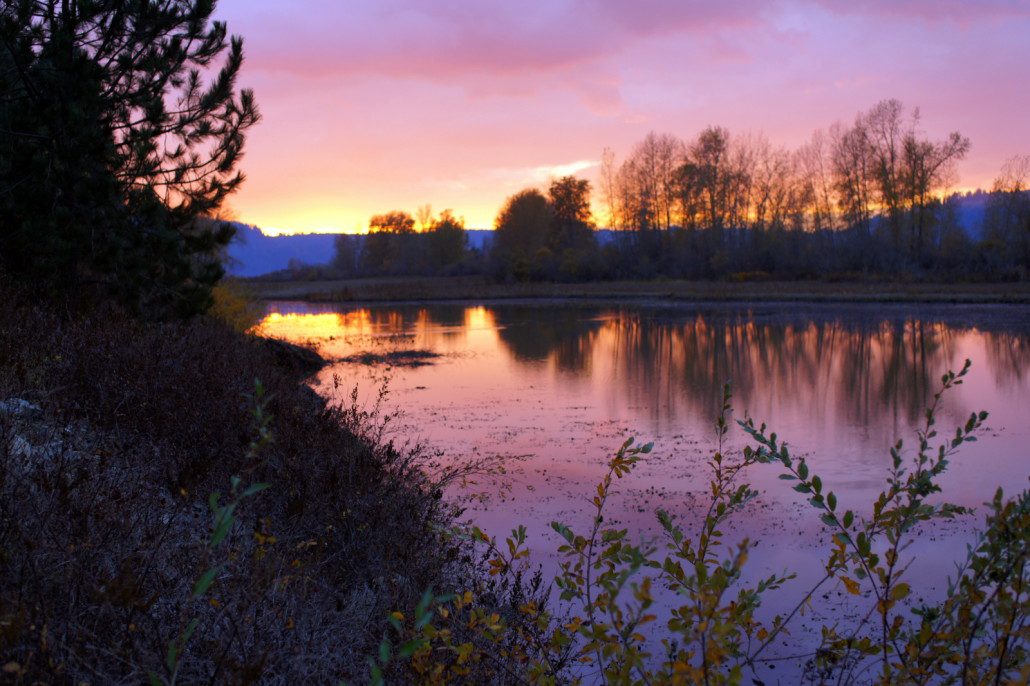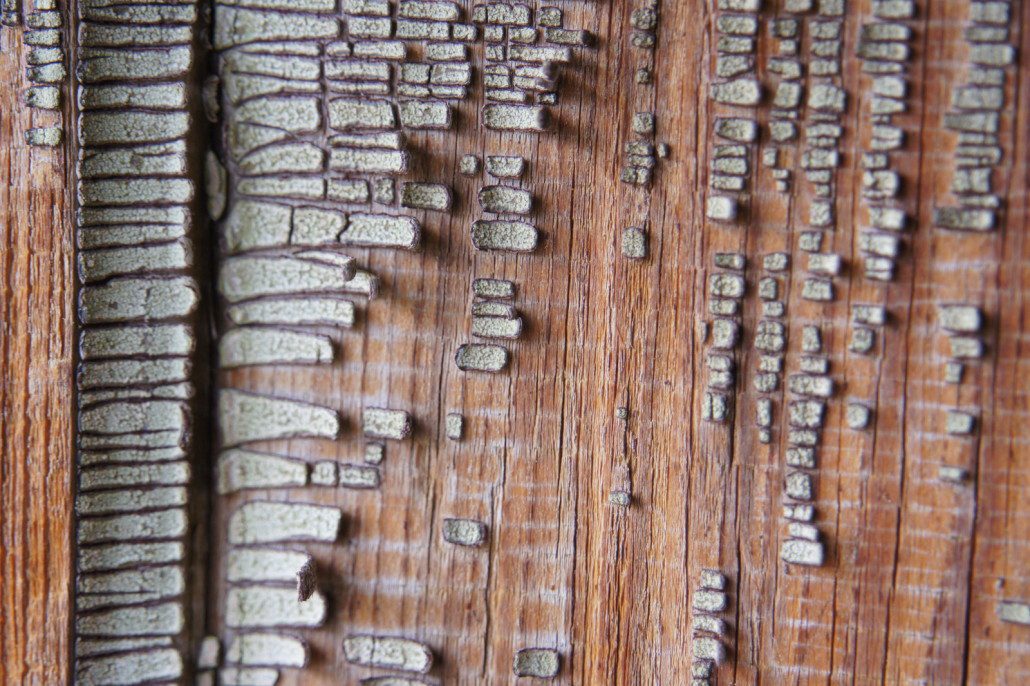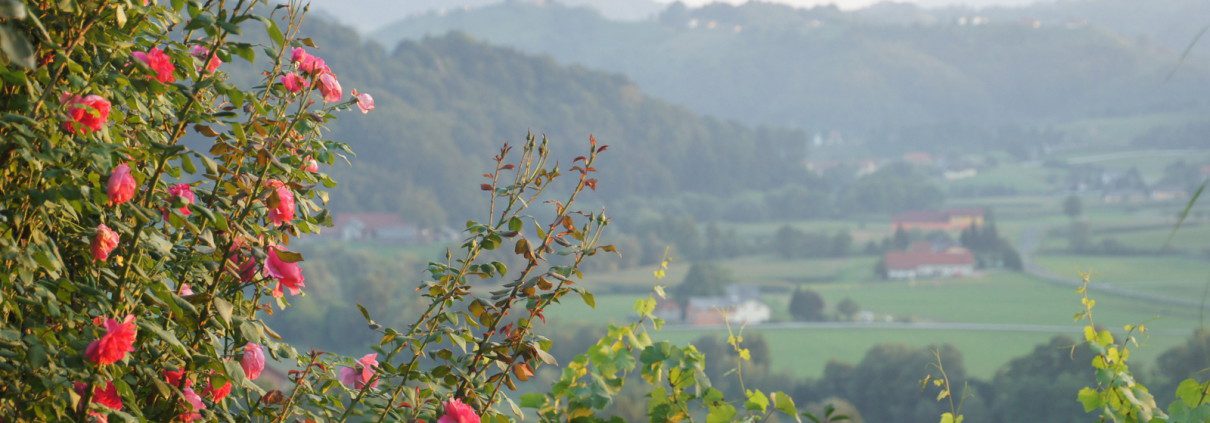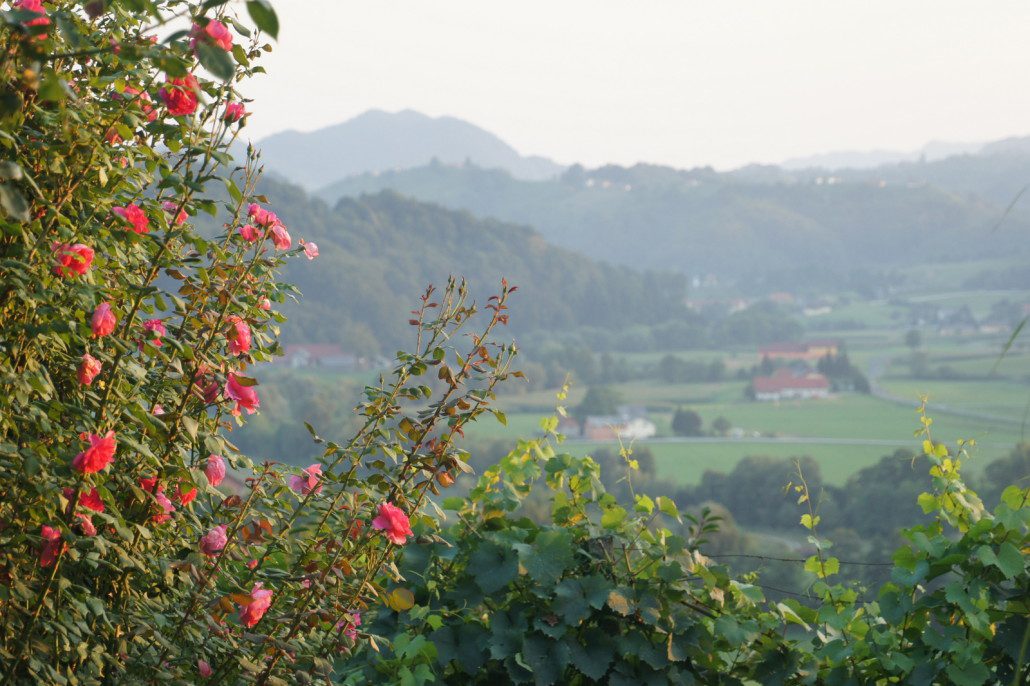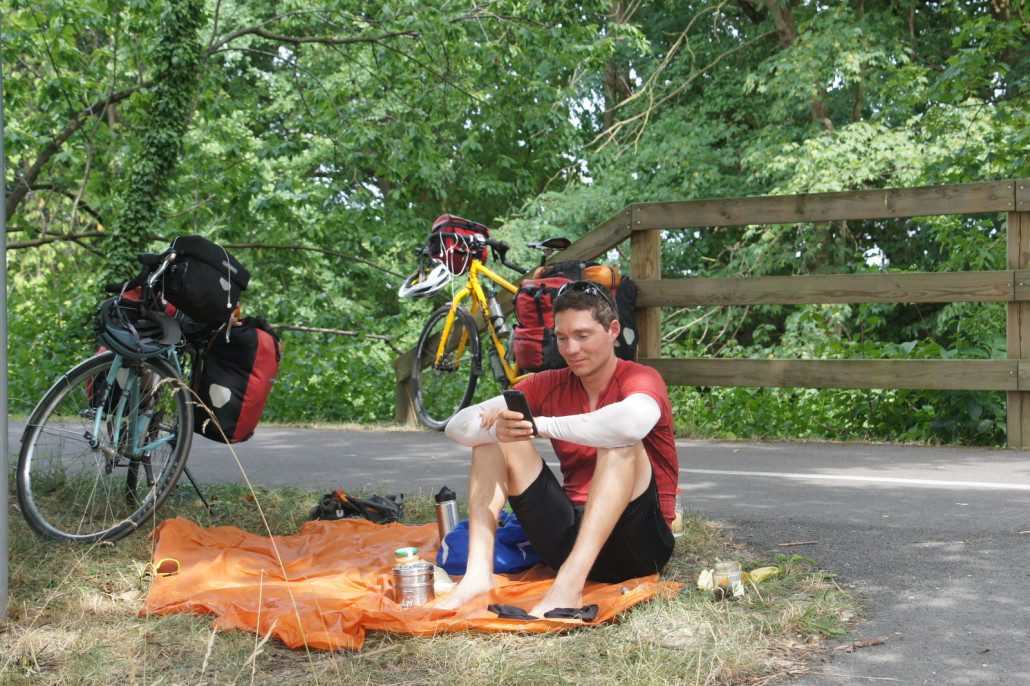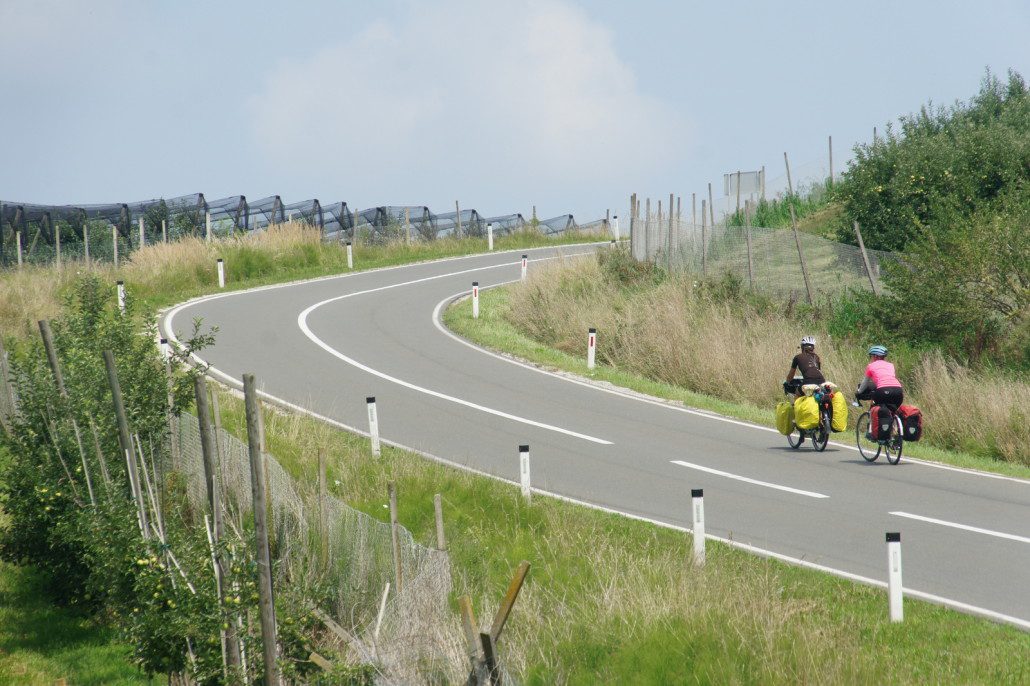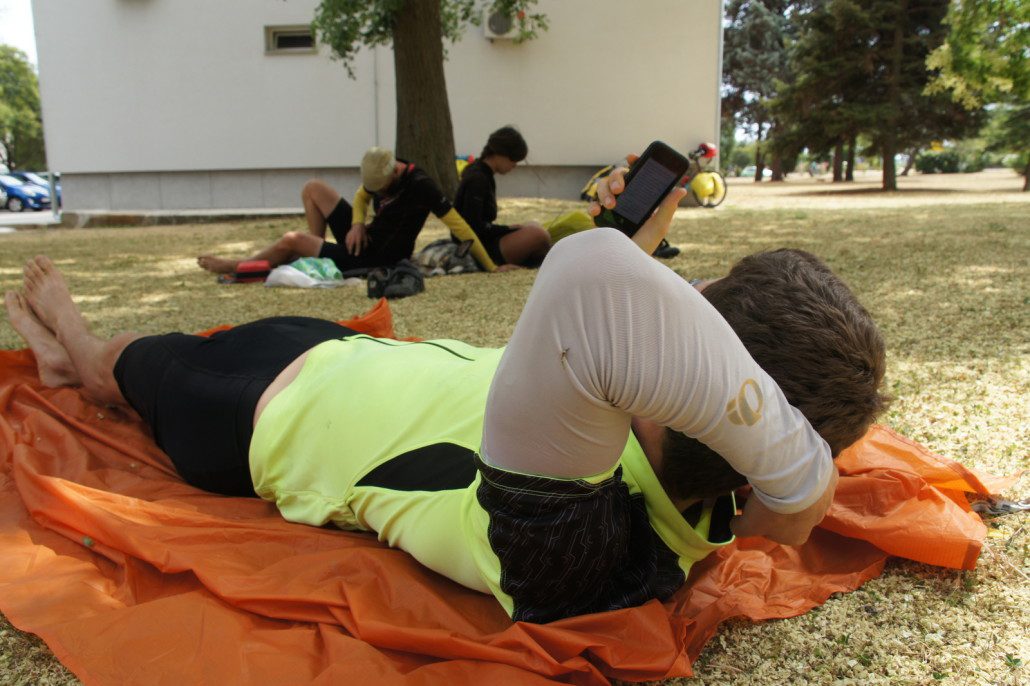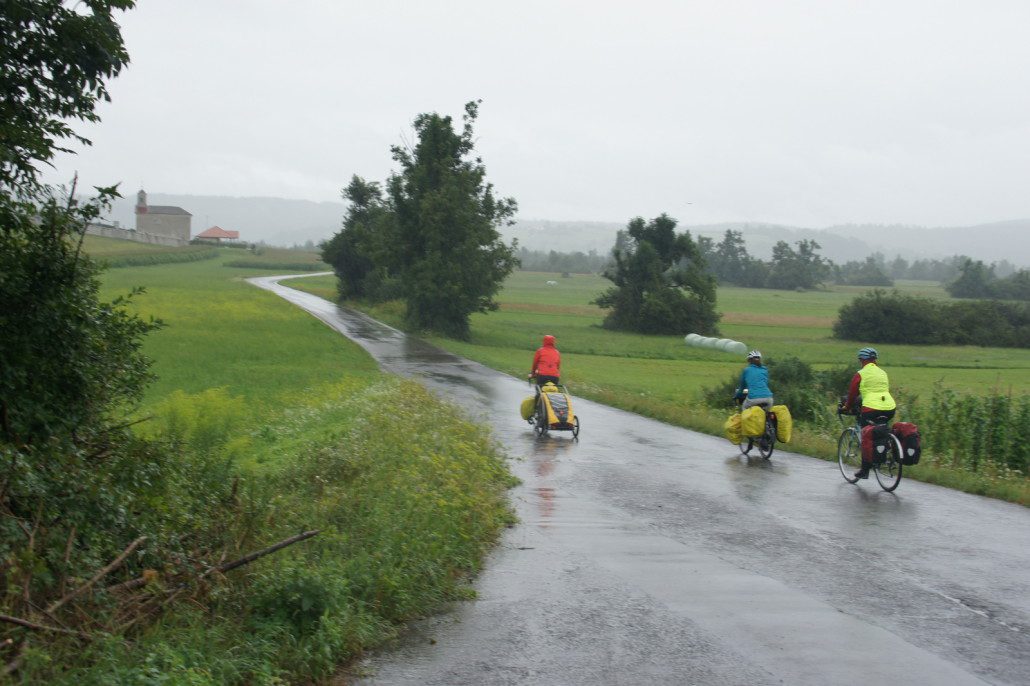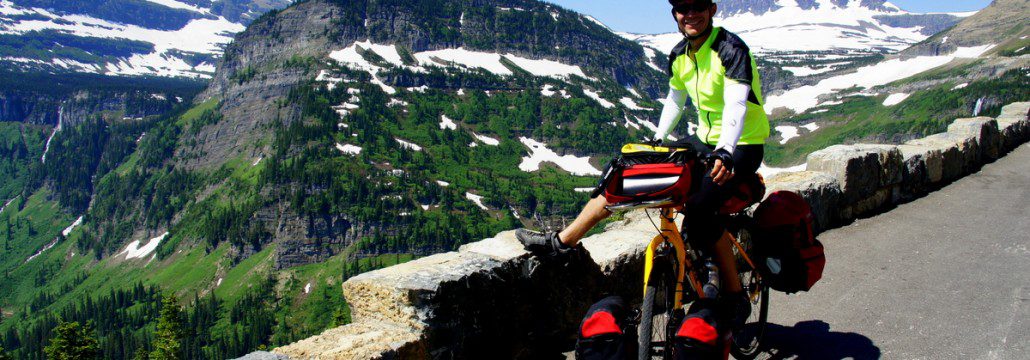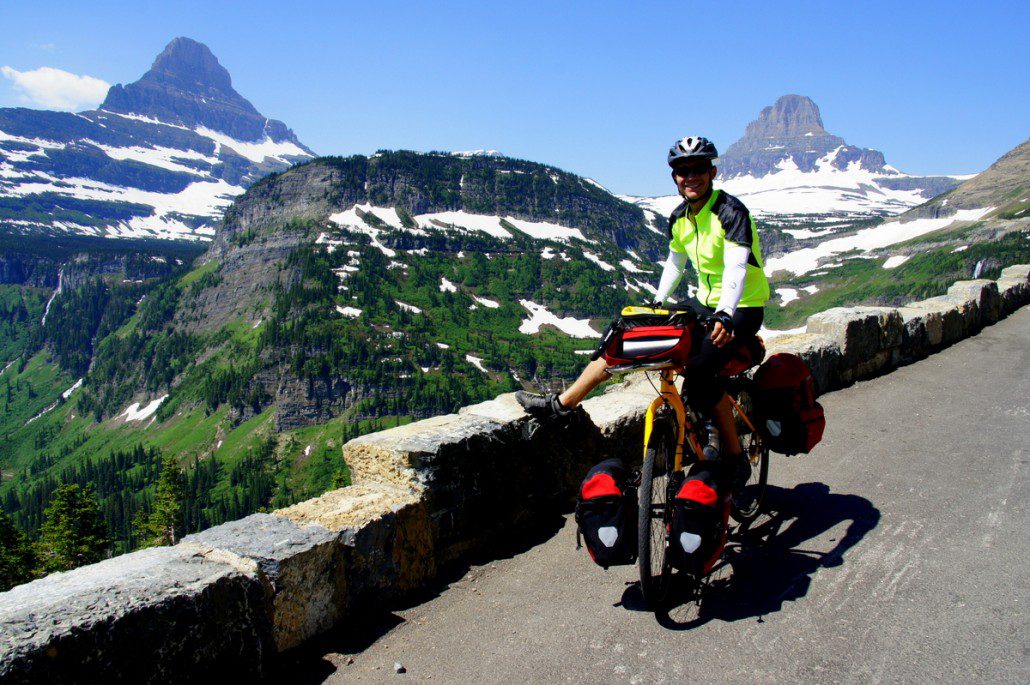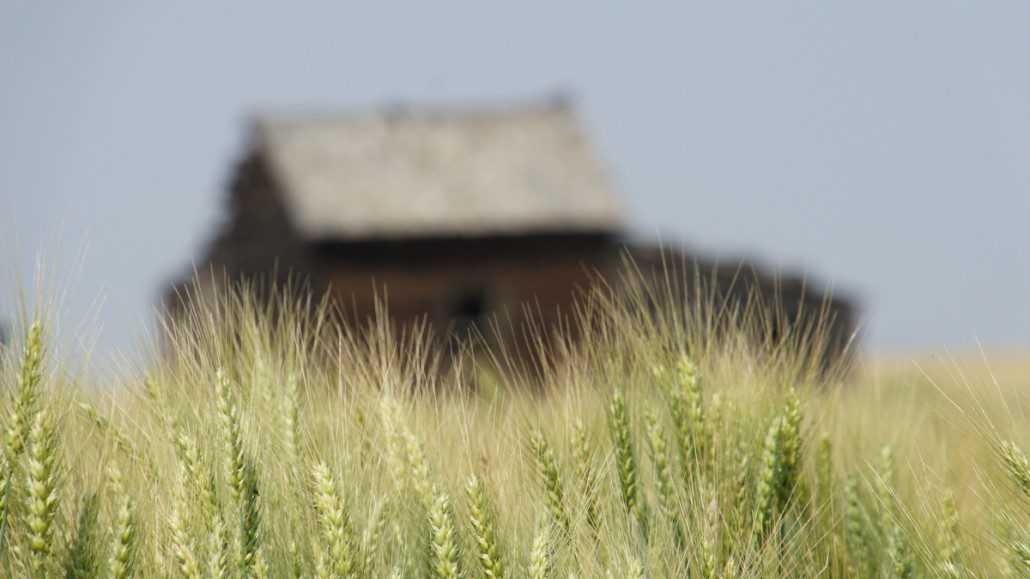The Best Books I Read In 2020
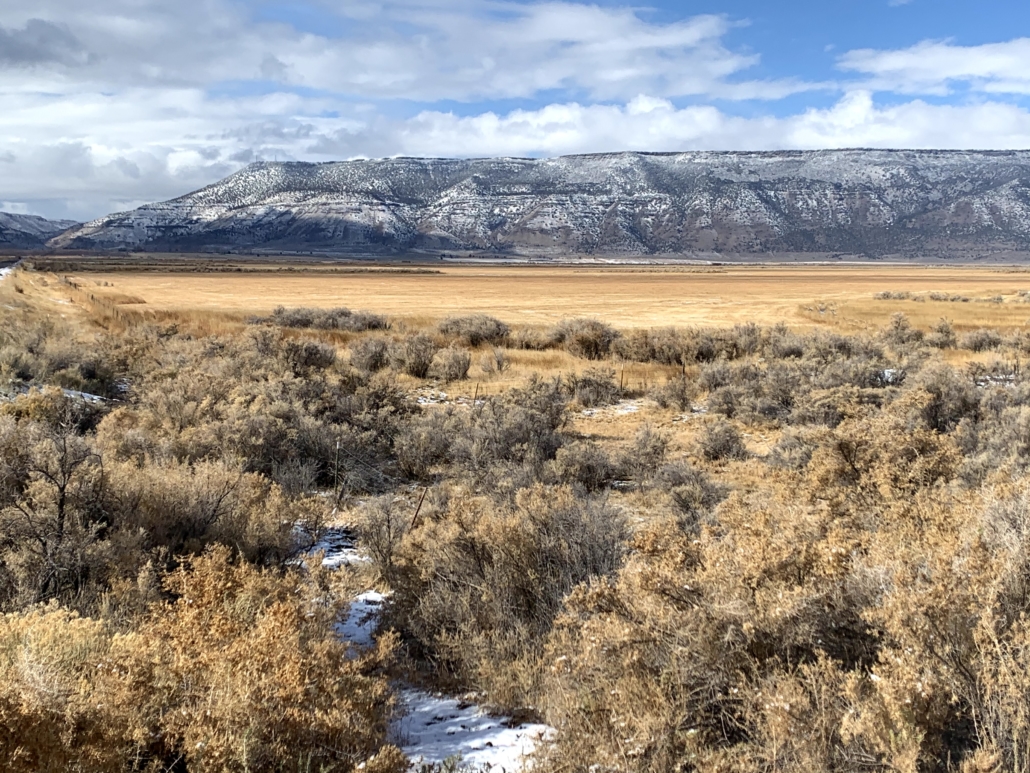
Amid all the upheaval of 2020, at least I found time to read amazing books. Some were heavy, while others transported me to other worlds. (Like I did sitting in the van with the view above, immersed in the world of Dune.)
Turning off the news and disappearing into a book served as an important reset for me. I suppose it always does…
Before we get to the books, a request of all you erudite Traipsing readers: please send me your book recommendations! I’m constantly impressed by the quality ideas you send my way, so keep them coming.
Quick Note On My Reading Process
I borrow most books digitally from the library using the Libby app. I mostly read on a Kindle, which allows easy highlighting of favorite passages and is great for travel.
Then I export those highlights to Readwise so I can revisit them frequently. It’s majorly upped my retention and I love it! (If you feel guilty for not buying the books, did you know libraries a) pay more for their copies and b) also buy new digital copies after ~30 rentals?)
Enough chit chat – let’s do this. Here are my favorite books from 2020! (For those of you who prefer hard copy books, all links below point to Indiebound.com, which supports local bookstores.)
Biography
Everything She Touched by Marilyn Chase: A look into the world of Ruth Asawa, a Japanese-American woman pursuing art against so many odds. Rising above racism and internment during WWII, she created marvelous sculptures while raising six kids AND diving into civic engagement in San Francisco.
I Never Had It Made by Jackie Robinson: The autobiography of the famous Black baseball player, the first allowed to play in the major leagues. Like all my favorite biographies, this goes beyond what the person DID and looks deeper and wider. Performing at the level he did while under enormous pressure astonishes me.
Ansel Adams by Ansel Adams: Everyone knows his name and iconic Yosemite black and white photos, but did you know Ansel Adams was also a classically trained pianist? Or that photography wasn’t even considered art when he started making photos of Yosemite in the 1920s!? A story of his life, but also a history of early 20th-century photography since he was so intertwined in it.
The World’s Fastest Man by Michael Kranish: This biography opened the door to a world I’d never heard of: bike racing in the 1880s! It chronicles the life of Major Taylor, a Black racer who wowed crowds of thousands all over the world, all wrapped into the astonishing rise (and fall) of bicycles in the United States.
Today We Die a Little! by Richard Askwith: Emil Zatopek was a Czech runner probably most famous for winning gold medals in the 5k, 10k and marathon in the 1952 Olympics. (What?!) Beyond that is an unswervingly friendly man who bridged the East/West divide to race (and win) all over the world during the Cold War.
Science Fiction/Fantasy
Broken Earth Trilogy by N.K. Jemisin: One of those series where life felt a bit empty after I finished it! Any fantasy reader will love this absorbing narrative wrapped around fabulous world-building. Each of the books won a Hugo for Best Novel (2016-2018), making N.K. Jemisin the first Black woman (or man, for that matter) to win the award.
Dune by Frank Herbert: The metric by which so much science fiction is measured, Lord of the Rings for scifi… so many accolades. Rereading this was an absolute pleasure and I’m excited to continue on in the series.
The Moon Is a Harsh Mistress by Robert A. Heinlein: More 1960s scifi! Revolution on the moon aided by an AI computer named Mike. I don’t always enjoy older scifi, but this captivated me.
Fiction
The Glass Hotel by Emily St. John Mandel: A glass hotel in the wilderness, a Wall Street investor with a secret, and a swirl of artists with intersecting lives. GO!
What Makes Sammy Run? by Budd Schulberg: Set in Hollywood, every sentence in this book feels handcrafted, fine-tuned, and/or witty. The theme of striving too hard and the costs of that intensity brought me back to my single-minded focus on money and business in my 20s. (Ack.)
The Overstory by Richard Powers: A Pulitzer winner as complicated and layered as the arching canopy of the trees the author venerates and celebrates. A call to action, a novel, and a love story about the forest wrapped into one book.
The Course of Love by Alain de Botton: An intriguing format for a “novel”: a story of two people meeting and living out their lives…but with occasional insightful commentary from the philosopher author. SO good.
Less by Andrew Sean Greer: This Pulitzer winner made me laugh out loud while crying at the same time. Warning: it starts slowly (Chelsea and I abandoned the audiobook), but I’m glad I picked up the book again later. Witty, entertaining, touching, hilarious… Stick with it!
Where the Crawdads Sing by Delia Owens: The story of an abandoned girl growing up in the marshes of North Carolina.
Natural World
The Hidden Life of Trees by Peter Wohlleben: I dove into the natural world this year via our garden project, but also via the Seek app (thanks Alastair) and books. The complexity and adaptability of trees opened my eyes and deepened my appreciation for them, whether I’m deep in a forest or sitting in my backyard. This book is fun and approachable, not some dry science tome.
Braiding Sweetgrass by Robin Wall Kimmerer: A lyrical, crafted gem of a book about the author’s interactions with nature. From wandering the Oregon coast in a rainstorm to rescuing salamanders on New York highways at night to the ebb and flow of living on a farm, I loved all of it. And I say this as someone who does not read books like this very often!
Nonfiction
The Woman’s Hour by Elaine F. Weiss: The incredible story of the fight for women’s suffrage in the U.S.. As other countries finally realized the error of their ways in the early 1800s, the battle raged on for 100 years (!) in the U.S. What astonished me was the staunch anti-vote stance of so many women who trotted out B.S. like “politics will overwhelm the fragile constitution of women” and “dissolution of the family will occur.” (COUGH patriarchy much?)
The Warmth of Other Suns by Isabel Wilkerson: The story of the great migration of Black southerners to the north and west in the 1900s. For 50+ years, over 6 million people upended their lives in search of a better life and drastically changed the face of northern cities as well as the places they left behind. Written as a narrative of various people who undertook the journey, this book is brilliant.
Being Mortal by Atul Gawande: I read this prior to the pandemic, but it’s even more compelling in the face of COVID-19. How do we thrive during the final years of our lives? A powerful takeaway for me was that the things we want for aging parents (safety and loss of autonomy) are often things we would never wish on ourselves.
How to Be an Antiracist by Ibram X. Kendi: This book upended so much of my progressive, back-patting misconceptions about what it means to be a true ally and anti-racist. Kendi does this in a vulnerable, non-judgmental way by sharing his path and personal racist beliefs as a Black man in America.
Empire of the Summer Moon by S.C. Gwynne: Holy crap the Comanches were badasses! An intense, fascinating book about the rulers of the plains who held off the encroaching settlers and U.S. soldiers into the 1870s.
Figuring by Maria Popova: Written by the brilliant author of BrainPickings.org, this book links together pioneering women (many of them queer) from the 1800s into the 1900s. From poets to astronomers to authors to sculptors, the depth of power and conviction of the women illuminated in this book blew me away.
Leadership: In Turbulent Times by Doris Kearns Goodwin: My biggest takeaway: they all surrounded themselves with people who questioned their viewpoints. More importantly, they listened to those people!“I do not like that man. I must get to know him better.”
The Talent Code by Daniel Coyle: What do brilliant performers have in common? From tennis to chess to music, there’s a common code in place. (Deliberate practice, a catalyst, and mentorship.) An engaging, useful book that helped me tailor how I practice piano and approach any learning project.
That’s it for this round! Please send me your recommendations and why you dug them, I’m all ears.
